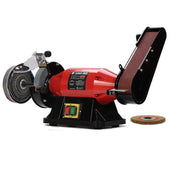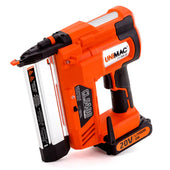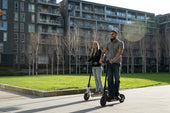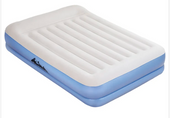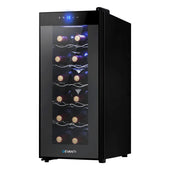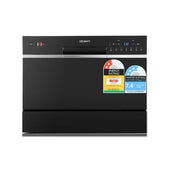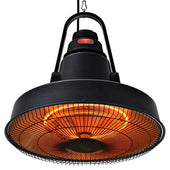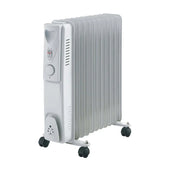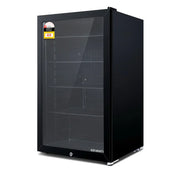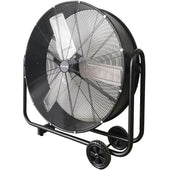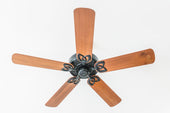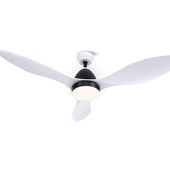Introduction: The Journey of Travel and Luggage
Travel has always been an intrinsic part of human history, driving exploration, commerce, and cultural exchanges. Throughout centuries, travellers sought effective ways to carry their belongings, shaping the evolution of luggage to meet shifting societal needs. Early luggage designs prioritised durability over convenience, with hefty trunks dominating the 18th and 19th centuries. As transportation methods advanced, luggage adapted to accommodate rail and air travel, emphasising mobility and compactness. Modern suitcases now merge functionality with innovative technology, reflecting ongoing advancements in materials and design. This historical progression highlights how luggage has continuously evolved in response to changing travel demands and lifestyles.
The Origins: Wooden Trunks and Their Role in Early Travel
In the early days of travel, wooden trunks served as the quintessential companion for long journeys. These robust containers were crafted from durable materials like oak or mahogany and reinforced with iron bands, ensuring their contents remained secure. During Days, Unlike modern luggage, trunks were designed to be immovable, often transported via horse-drawn carts, ships, or trains.
Travellers relied on these trunks to carry a vast array of items, from clothing to personal goods and even valuables. Their volume made them ideal for extensive trips, but their bulk presented mobility challenges. Leather straps and handles offered some measure of portability, while elaborate carvings and brass fixtures reflected their owners' status.
Over time, these trunks evolved in design and purpose, paving the way for lighter, more flexible travel solutions.
The Rise of Portability: Suitcases with Leather and Metal Reinforcements
The late 19th and early 20th centuries witnessed a significant shift in luggage design as travel became more accessible. Heavy steamer trunks, previously reserved for long voyages, began to lose favour due to their impractical size and weight. In response, manufacturers introduced smaller, more portable suitcases crafted from durable materials such as leather and metal.
Leather, prized for its flexibility and elegance, became a popular choice for outer casings. Meanwhile, metal reinforcements were added to corners and edges, providing enhanced durability. The combination ensured resistance against damage during bumpy carriage rides or early train journeys.
Handles and clasps were upgraded to provide practicality, enabling easier handling. These suitcases set the foundation for portable travel, blending style with function.
The Birth of Wheels: Rollable Luggage and Its Revolutionary Impact
The advent of wheels on luggage marked a defining pivot in travel convenience. Before their introduction, travellers had to carry heavy cases, an arduous task for long journeys. The concept of wheeled suitcases emerged in the 1970s, spearheaded by Bernard D. Sadow, who patented the first rollable luggage.
By attaching wheels and a strap for hauling, Sadow transformed the bulky suitcase into a portable solution. This innovation coincided with increasing air travel, where ease of mobility became crucial.
Over time, telescopic handles and multi-directional spinner wheels further refined the design, fostering a global shift towards lightweight, manoeuvrable travel. Today, wheels are an indispensable feature in modern luggage.
The Materials Matter: From Heavy Metals to Lightweight Polymers
The evolution of suitcases has been closely tied to advancements in materials. Early travel trunks were primarily constructed from heavy metals, hardwood, and leather, offering durability but limited portability. These materials ensured protection against rough handling and adverse weather but made the trunks cumbersome to carry.
With the advent of the 20th century, aluminium and other lightweight metals emerged, reducing overall weight without compromising durability. Later, the introduction of plastics and polymers revolutionised suitcase design. Modern suitcases now often feature polycarbonate, acrylonitrile butadiene styrene (ABS), or polypropylene. These materials provide a balance of strength, flexibility, and lightness.
The shift towards lightweight polymers also enabled sleek, ergonomic designs and vibrant colours, enhancing usability and aesthetics. Material advancements have played a pivotal role in meeting the diverse needs of travellers.
Air Travel and the Standardisation of Suitcase Dimensions
The rapid growth of air travel in the mid-20th century led to significant changes in suitcase design and dimensions. Airlines imposed strict regulations on luggage sizes to optimise space in aircraft holds and streamline boarding processes. Manufacturers adapted by creating suitcases compatible with standards like cabin baggage sizing.
Carry-on luggage, typically restricted to specific dimensions, gained prominence for travellers seeking convenience during short trips. Airlines also enforced weight limits, influencing materials used in suitcase construction. Lightweight yet durable materials, such as polycarbonate and aluminium, became industry staples.
These changes ensured uniformity across brands while accommodating airline requirements, revolutionising luggage usability for modern travel.
The Role of Fashion: How Suitcase Design Reflected Cultural Trends
Suitcase design has consistently mirrored cultural and fashion trends throughout history. In the early 20th century, luxurious steamer trunks with ornate detailing were indicative of the opulence of transatlantic travel. As society transitioned to modernity, streamlined designs emerged, symbolising efficiency and practicality.
In the 1950s and 60s, pastel colours and stylish patterns reflected fashion-forward attitudes, aligning suitcases with broader aesthetic movements. By the 1980s, bold logos and branded luggage emphasised status and individuality in travel. Today’s minimalist designs echo contemporary preferences for understated and functional elegance while embracing eco-friendly materials. This evolution highlights the dialogue between fashion and personal identity in travel accessories.
Technological Advancements and the Advent of Smart Luggage
The development of smart luggage represents a significant shift in travel technology. Equipped with advanced features, these high-tech suitcases offer solutions to common travel challenges. Innovations include integrated GPS tracking systems, enabling users to locate missing luggage in real time. USB charging ports are commonly embedded, allowing travellers to charge devices on the go using battery packs.
Weight sensors alert users when their luggage exceeds airline limits, reducing the risk of extra fees. Some designs feature biometric locks, enhancing security by using fingerprint recognition. Furthermore, self-weighing suitcases and built-in scales streamline packing processes. These advancements cater to modern travel needs, combining functionality and convenience.
Sustainability and Eco-Friendly Trends in Modern Luggage
Modern luggage design increasingly reflects an emphasis on sustainability and eco-friendliness, aligning with global efforts to curb environmental impact. Manufacturers are adopting innovative materials like recycled plastics, aluminium, and organic fabrics to reduce waste. Many brands now offer suitcases made from reclaimed polycarbonate or PET bottles, combining durability with ecological benefits.
Eco-conscious features such as biodegradable linings and water-based dyes enhance sustainability. Additionally, modular luggage designs promote repairability, reducing the need to replace entire items. Solar-powered charging capabilities and energy-efficient components are also emerging trends.
These initiatives showcase how the luggage industry is balancing functionality and environmental responsibility.
The Future of Travel Accessories: What’s Next in the Luggage Industry?
The luggage industry is poised for groundbreaking advancements, blending technology, sustainability, and design. Smart luggage trends are expanding with features like biometric locks, GPS tracking, and integrated charging ports.
Eco-conscious travellers are driving demand for suitcases made from recycled materials and bio-based fabrics. Modular luggage designs allowing customisable compartments attract functionality-focused users.
Lightweight yet durable materials, like carbon fibre composites, are reshaping portability expectations. Meanwhile, AI-powered systems, such as automated weight sensors and voice-activated interfaces, could redefine user convenience.
Airline-friendly designs with removable batteries and compliance-focused innovation continue to address security regulations. These trends reflect the industry’s commitment to enhancing travel efficiency, safety, and personalisation.
Conclusion: How Suitcases Evolved to Shape the Way We Travel Today
The evolution of suitcases mirrors changing societal priorities, from functionality to convenience and innovation. Initially, bulky trunks served as practical options for extended journeys by sea or rail. With the rise of air travel, suitcases underwent a transformation toward lightweight designs to accommodate strict airline weight limits. The addition of wheels and telescopic handles revolutionised travel by reducing physical strain and enabling greater mobility. Modern advancements like smart luggage now address contemporary needs, including integrated charging ports and GPS tracking. By blending technology with design, these innovations ensure suitcases not only fulfil storage requirements but also enhance travel efficiency and personal comfort.



